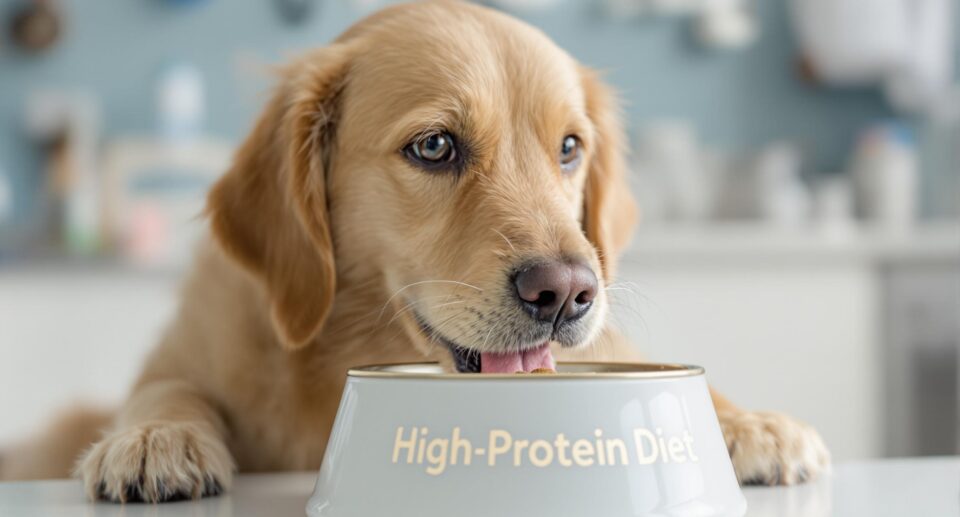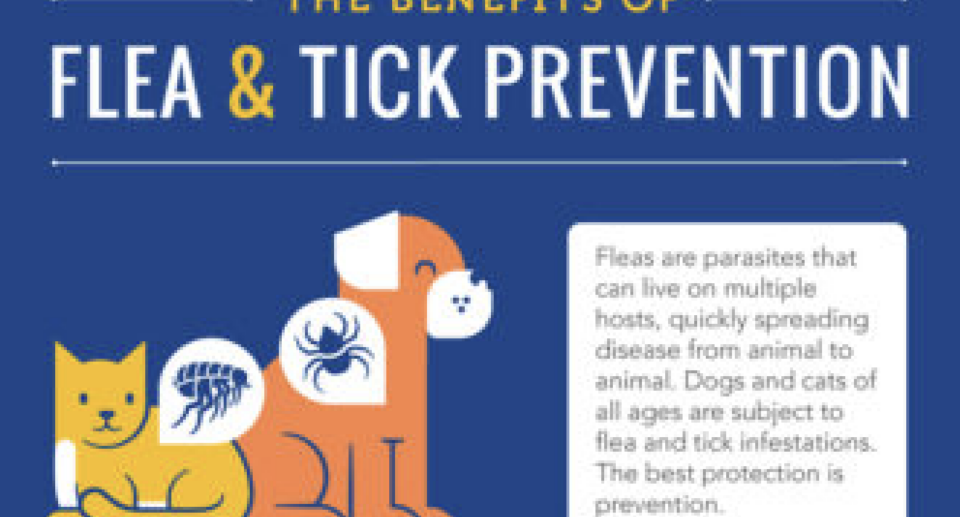Choosing a Food for Your Dog’s Weight Loss

Although there are a number of foods marketed for weight loss in dogs, they are not all created equally. Foods described as “diet”, “lite” or “reduced-calorie” are not necessarily the best weight loss choices as many of these diets contain high levels of carbohydrates and non-digestible fiber fillers to create low-calorie “bulky” foods that help your dog to feel full for only a short time. I find that these diets often lead to dogs who are constantly hungry and often end up gaining weight because it is difficult for an owner to stay compliant in the face of constant begging. Following are guidelines that will help dog owners select foods with nutrient levels that can aid in successful, healthy weight loss.
Normal food or “Diet” food?
Weight loss can sometimes be achieved by feeding less of your dog’s regular maintenance diet and this strategy is most effective in dogs that are only mildly or moderately overweight. Most regular maintenance diets are very calorie-dense and contain between 400 and 500 calories per cup or can—making it very easy to overfeed your dog and therefore, fail at weight loss attempts. For more seriously overweight or obese dogs, I recommend a food that contains between 250 and 350 calories per 8 ounce cup or 13 ounce can, is high in protein (30% or greater), has lower fat (ideally around 10%) and lower carbohydrate levels to keep the overall calorie count controlled. If you choose to feed a higher calorie food, you will find that you must feed very small amounts in order to achieve the reduced number of calories required for your dog to lose weight. This leads to a pet that may feel less satisfied and often begs more. In addition, there is a real health concern when we “skimp” on the amount of regular pet food given—one can inadvertently rob a dog of essential nutrients.
A high protein diet is ideal for weight loss for a number of reasons:
- Leads to increased satiety which usually means less begging—which means it is easier for pet owners to stick to the diet.
- Combats muscle loss which is common during dieting. When dogs (and people) diet, their bodies burn both fat and muscle for energy. While the goal of weight loss is to lose only fat, that is rarely the case and feeding a high protein food helps to preserve lean muscle mass.
- These higher protein, lower carbohydrate foods usually have less fiber than other weight loss formulas. Fiber is often added to a weight loss food to create the sensation of “fullness”. This often decreases food palatability and definitely increases stool volume. I prefer the sense of “fullness” that comes from the higher protein as compared to the fiber fillers.
Avoid potentially unhealthy ingredients
In addition to the above characteristics, the chosen weight loss food should also not contain by-products, sugars or excessive fillers. Artificial additives—colors, dyes, flavors, digests—and preservatives—BHA, BHT, ethoxyquin—should always be avoided. You may need to contact the company to find out if particular foods contain certain unhealthy ingredients.
What is an example of the type of food that is recommended for weight-loss purposes?
While a few veterinary prescription diets fit the general high-protein, calorie-restricted description, these foods often contain inferior ingredients and excess fiber fillers. Increasingly, pet owners are seeking natural, non-prescription foods that will aid in weight management while delivering higher quality nutrition. This is not an easy food to find commercially as many higher protein foods are often high in calories. But a good example of a non-prescription food that will aid in weight management while delivering higher quality nutrition is Acana Light & Fit Dry Dog Food with 35% protein, 10% fat, approximately 30% carbohydrates, 325 calories per cup and an excellent ingredient profile.
There are several other companies that create balanced protein and carbohydrate maintenance or weight management foods, while maintaining a high quality ingredient profile which can also be used for successful weight loss in dogs. In general, these foods contain at least 25% protein (on a dry matter basis) with a total calorie count between 265 and 350 per 8 ounce cup or 13 ounce can. A few examples include:
- Now! Grain Free Senior & Weight Management
- Merrick dry foods (most varieties) and some of their canned foods
- Castor & Pollux Natural Ultramix Weight Management and the canned Chicken, Vegetable and Brown Rice Casserole
- Halo Spot’s Stew Wholesome Chicken and Halo Spot’s Stew Wholesome Lamb canned
- Evanger’s Signature Series grain-free stews
I believe weight loss is often easier to achieve with the addition of canned food to your dog’s feeding regimen. In general canned food has higher protein, lower carbohydrates and similar or less calories when compared to a similar sized quantity of corresponding dry food. For example, the dry formulation of Blue Buffalo Longevity adult contains 354 calories in 8 ounces and contains approximately 26% protein, 12% fat and 53% carbohydrates. In comparison, the canned formula of Longevity adult has 342 calories in 12.5 ounces and there is approximately 36% protein, 18% fat and about 37% carbohydrates. I often find dieting dogs feel more satisfied when canned food is included.
It is also possible to achieve this type of diet by combining a commercial dog food with home-cooked foods. This should be done under the advisement of your veterinarian or someone knowledgeable about canine nutrition to avoid nutrient imbalances.
Work with your veterinarian
Selecting the right food for your dog is the first step toward weight loss and then feeding it properly is the next. Work with your veterinarian to determine your dog’s ideal body weight, how much and how often to feed your dog, and how to monitor your dog to reach their weight goal safely and effectively. Your vet should also help you develop an exercise plan to facilitate weight loss that fits your lifestyle and also addresses any limitations your dog may currently have.





